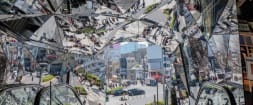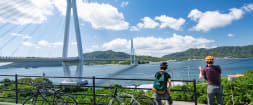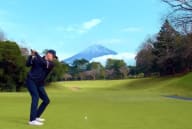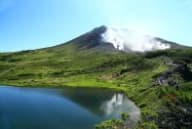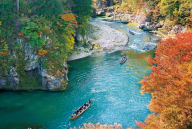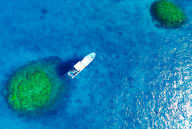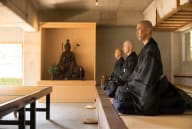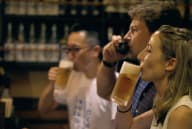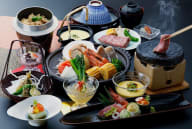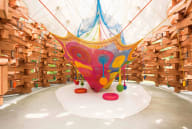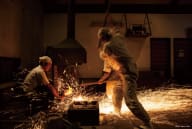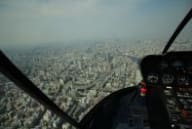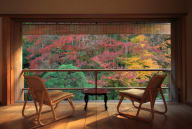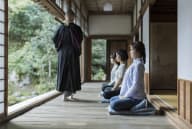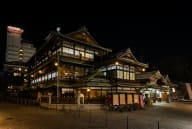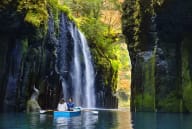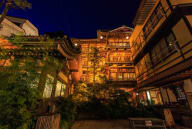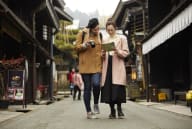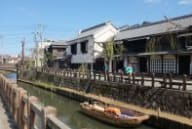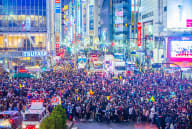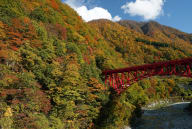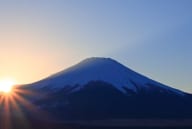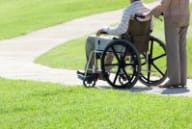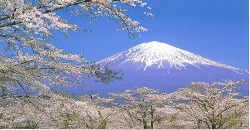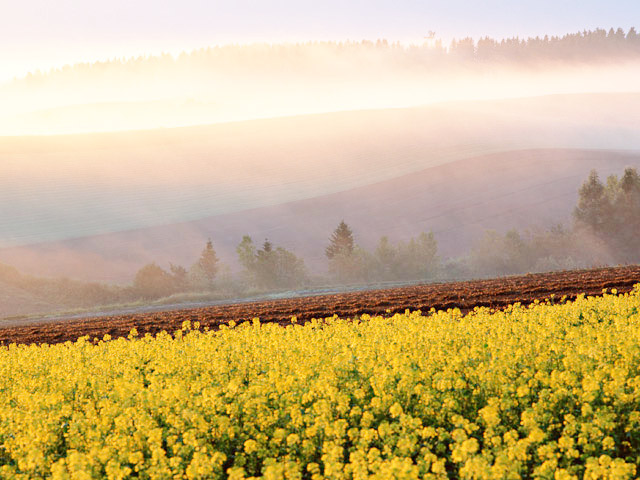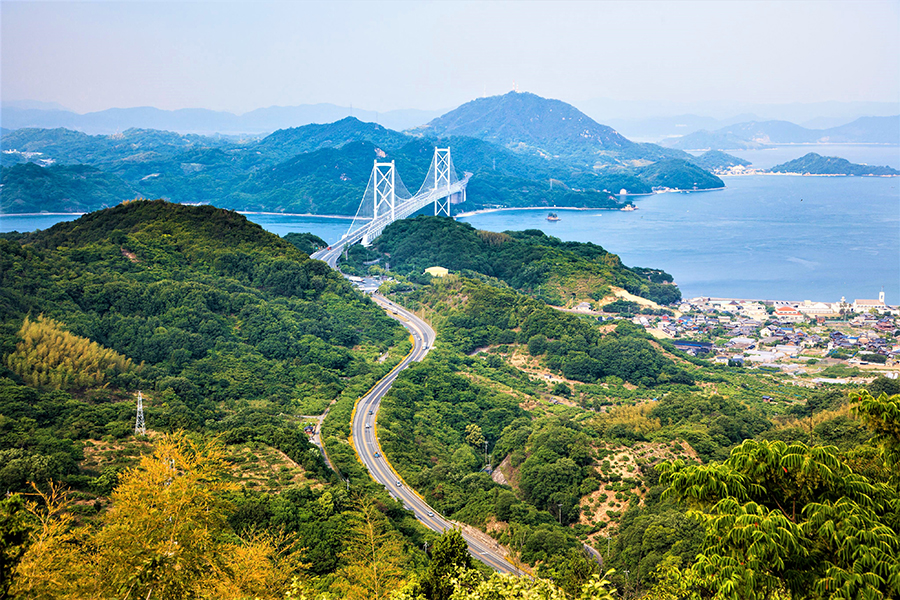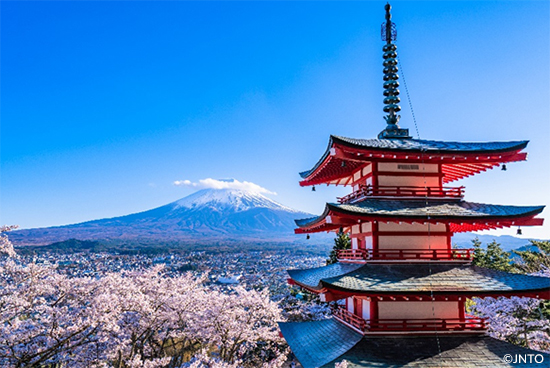A quarter of a century ago, it used to be a long haul to travel from Tokyo to Hakodate, the gateway to Hokkaido. After traveling the better part of a day by train to the tip of Honshu island, you had to board a ferry for the 4-hour journey onward to Hakodate. But then came the Seikan Tunnel in 1988 and the opening of an underwater rail line between the two islands. You can now travel from Tokyo all the way to Hakodate by train in about six hours and to Sapporo in about 10. Still, I always like to begin my Hokkaido adventure with an overnight stopover in Hakodate. In addition to a famous nighttime attraction and an early morning must-see, Hakodate boasts historic districts I love to explore. Indeed, with its old-fashioned streetcars, waterfront brick warehouses now housing restaurants and shops, and broad sloping streets lined with turn-of-the-20th-century Western-style clapboard homes, former embassies and churches, Hakodate retains the atmosphere of a frontier port town. Maybe that's why more than 60 movies have been filmed here in as many years. For young Japanese, Hakodate is irresistibly romantic.

Hakodate's warehouse district, with Mount Hakodate in the background, now houses shops and restaurants
One of the most romantic spots is atop Mount Hakodate, 1,100 feet high and accessible from the city center in just three minutes via cable car. Although the view of Hakodate's lights shimmering like jewels on black velvet is impressive, what I most like about the experience is the camaraderie among viewers and the collective oohs and ahs of arriving newcomers (take note: it's chilly at the top, even in August). The next morning I always get up early to walk through the morning market, conveniently located right next to the train station and famous for its huge crabs. Motomachi, with its churches, former administrative buildings, and vintage homes, is another great place for a stroll, as is the nearby warehouse district with its shopping and dining opportunities. If time permits, you might also wish to take in the Hokkaido Museum of Northern Peoples with its Ainu artifacts and the Seikan Ferry Memorial Mashu-maru, which chronicles the history of ferry transportation between Honshu and Hokkaido from 1908 to 1988.
The morning market in Hakodate is famous for its crabs
The Seikan Tunnel made the ferry obsolete. On my last 30-minute trip through the tunnel, the train made a brief stop in the middle, which puzzled me to no end (who would be getting on or off here?) and made me hope I wouldn't have to follow the lit signs showing which way to run in an emergency. The conductor later cleared up the mystery for me: the train, which was running ahead of schedule, had stopped so it would arrive in Hakodate exactly on time.
The Old Branch Office of the Hokkaido Government, in Motomachi Park, is now home to a tourist office and photography museum
An extension of the train from Tokyo to Hakodate will allow commuters to spend half the amount of time it takes now, at 3 hours and 12 minutes. Although the train is unquestionably faster and more dependable, I sometimes miss the days of the ferry, when unpredictable weather patterns, vistas of open seas, and passenger rooms filled with families, noisy tour groups, and business travelers made getting to Hokkaido as much of an adventure as being there.










